My Failed LRPS Submission
7am, 2nd October 2018, I set off for my Licentiate Assessment with the Royal Photographic Society in Bath confident that my black portfolio box contained the very best of my work. As far as I could tell, the panel fulfilled all the criteria: it was varied, well balanced, and looked super-smart (matching set of 10 40x50cm mounts containing small, perfectly aligned prints). It represented the culmination of a lot of work, feedback and readjustment. So, although I told myself that an unsuccessful application would be a learning experience, I was very emotionally invested, and a failed LRPS at the end of the morning was not what I had in mind.
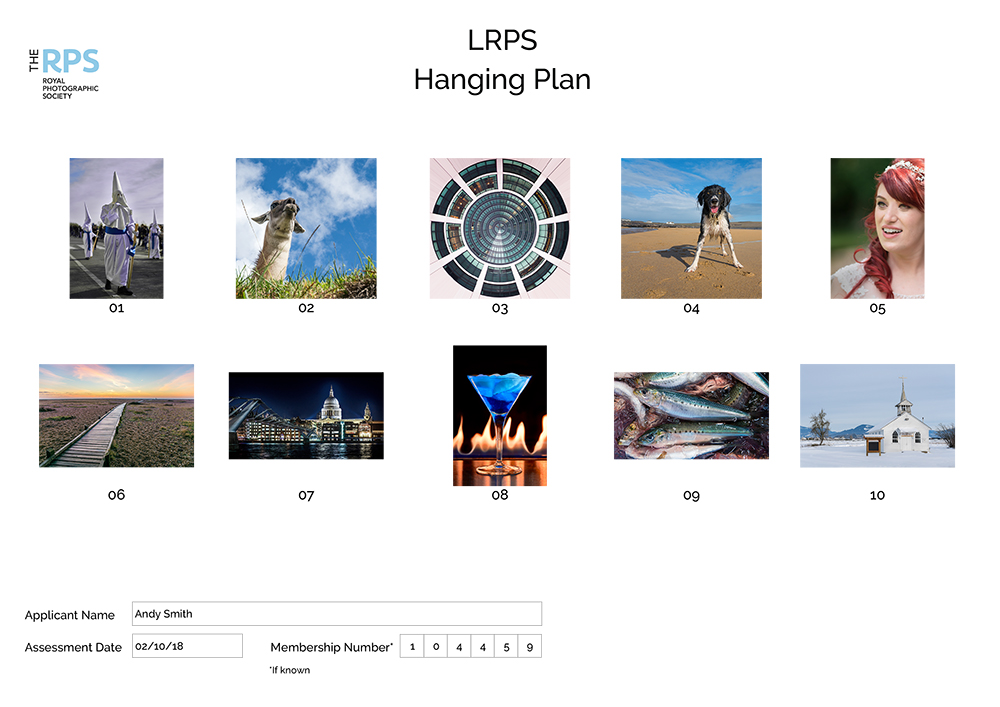
If you have any comments on this post, please post them below.
To see more posts on other photographic topics, or to follow my learning progress, please like or follow me on the social media channel of your choice to the right. Thank you.
Preparatory Work
Putting together a panel is a lot harder than merely collecting one’s top 10 images as all images have to look good as a set. The panel has to be symmetrical with shape, tonal and colour balance across. I produced A3 prints of what I considered to be my best 10 candidates for a panel, and a further 10 as backups, to take to an RPS Advisory Day. See my separate post: “LRPS Advisory Day”
I wanted to maximise the benefit of the Advisory Day, and rather than getting advice from too many sources, I approached just two respected seniors from the Stoke Poges Photographic Club. I met with them individually, their advice was astonishingly consistent, and we came up with the following panel which I thought was great and considerably better than I had managed to do on my own.
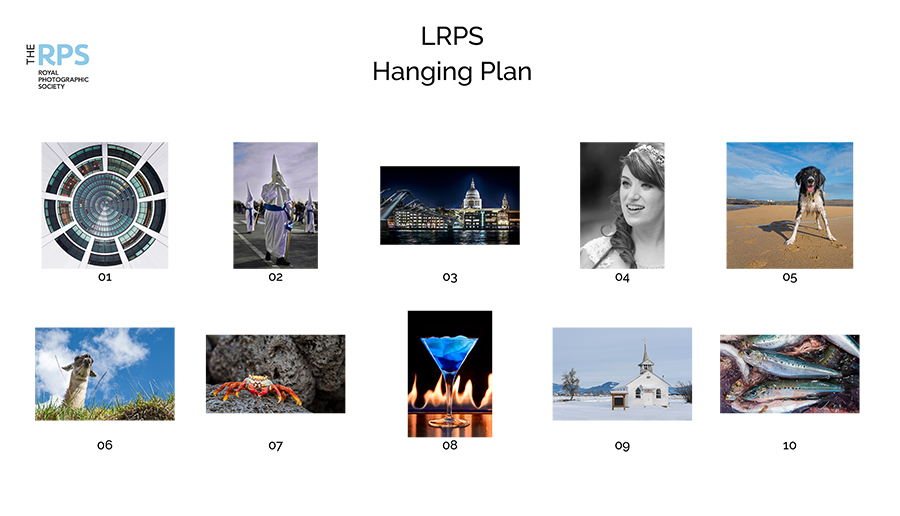
The feedback from the Advisory Day was encouraging, and although they go to lengths to point out that there are no guarantees, I left with the impression that if I implemented the advice I was given, I stood a good chance. In short, they felt I should replace Image 04, Chloe, with a colour version that had both eyes in focus and a darker shoulder to emphasise her face; and swap image 07, crab, for my Dungeness Boardwalk image. With the panel arranged as follows:
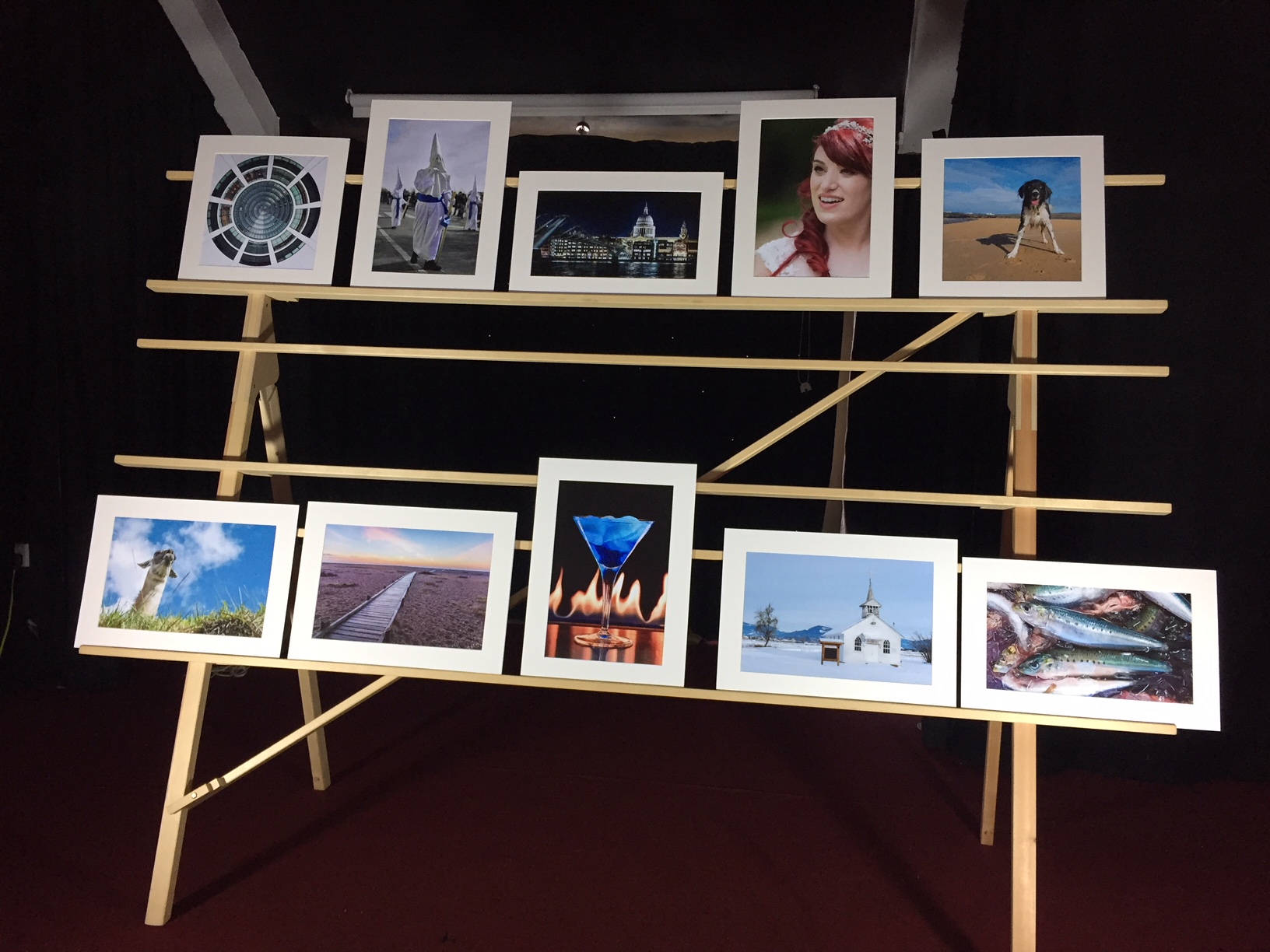
Then on 19th September, I had the opportunity to present my prospective panel to the PIC Group of the Amersham Photographic Society. This is led by Chris Palmer and Steve Smith, both FRPS and both sit as judges for the RPS (for Associateships and Fellowships, I believe). So they know what they are talking about. Advice included:
- Smaller prints
- The Circular Atrium is crying out to be the central image
- Suggested changes below:
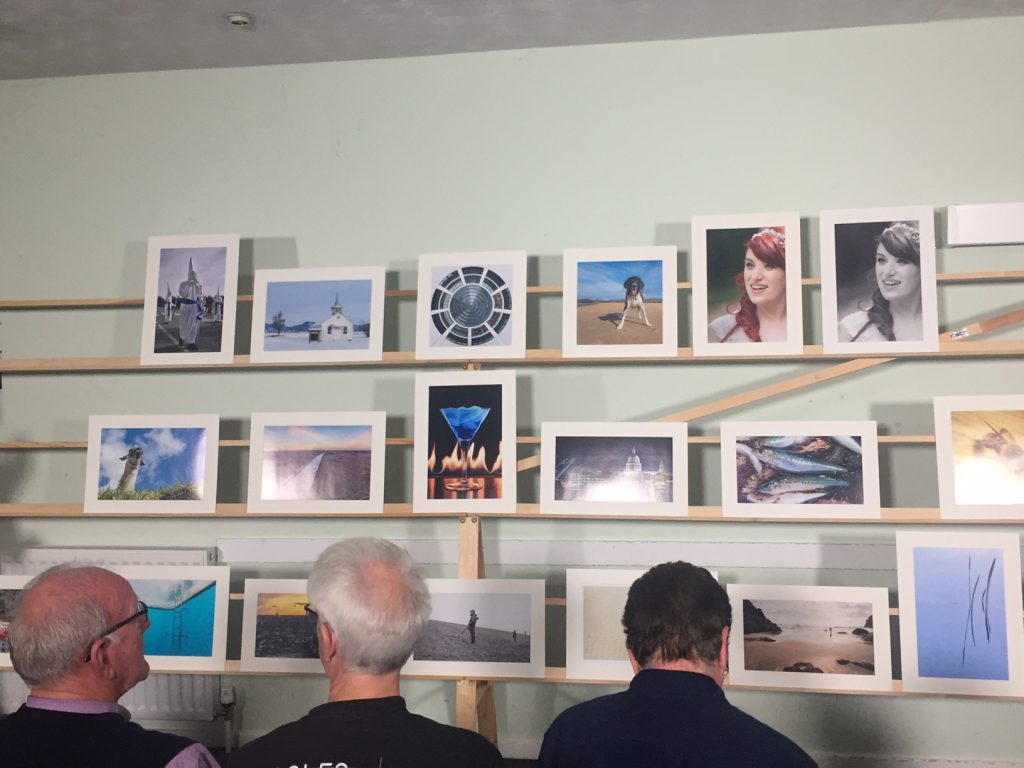
Chris Palmer’s final words: “Pretty good, you have about two thirds of a panel.” Meant to be encouraging I’m sure, but it was too late to postpone, I had less than two weeks to implement changes, get everything reprinted and do the best I could.
The Assessment Process
The assessment takes place in a small auditorium (the size of a commercial conference room) with plain white walls, no windows, and a “stage” end with very powerful, perfect white lighting. An example of a previously successful panel is displayed on the stage as you enter the room. This is of intimidatingly high quality, and does the trick, on me at least, of managing expectations.
The 6 judges sit in the front row of the auditorium, with their backs to the audience, with the exception of the lead judge who sits at the side and conducts proceedings. She started by explaining the rules:
- audience must remain in complete silence throughout the proceedings
- you are not allowed to approach or speak to the judges at breaks or at the end of the session
- she, the head judge, will ask for a preliminary vote – done in secret
- then ask one or more of the judges to comment on the submission
- remaining judges will be given an opportunity to speak if they have anything to add
- the judges are then asked for their final vote, again in secret
- if the candidate is successful, she names them and says that their panel will be “recommended”
- candidates that are not recommended, are not named
- in some situations, unsuccessful candidates are offered a “re-submission” if there are just minor things that need to be changed.
An anonymous candidate’s images are silently arranged on the panelling on the stage, by an RPS official wearing white gloves. Then, slowly, the judges get up, go closer to the prints, occasionally pick one up for a better look, ponder for 3 to 4 minutes. Then sit down again. They vote secretly for the first time. The head judge leads some structured commentary and discussion. They vote secretly for a final time. The verdict is announced. The audience claps if the candidate is successful. The whole process is over in about 7 minutes, the prints are removed from the panelling and neatly re-boxed for the candidate.
About 24 submissions were appraised during the morning; about a third were recommended, a third failed outright and a third were offered a re-submission.
What was Good
The judge who was asked to comment said: “strong panel of good images, he particularly liked the blue triangle formed by images 02, 04 and 08. But it was let down by images 01, 05 and 07 that they felt were not up to standard.”
So although this still counts as a failed LRPS, I was offered a “re-submission”. A bit like having to resit some university exams rather than being kicked of the course.
3 Sub-Standard Images
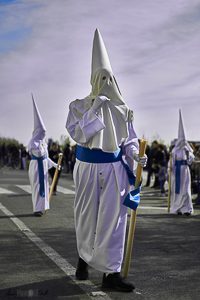 |
01 “Halo around the main subject” and “magenta cast over the entire image.” Requires complete re-processing from the RAW image. I am still convinced that this is strong and worth saving. |
|
| ….. | ||
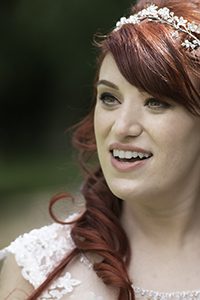 |
05 “Depth of focus too shallow, must have the entire face in focus” and “the shoulder looks as though it has been messed about with.” I had sharpened the eye furthest from the camera, reasonably convincingly. However, the rest of the face is out of focus and this is not salvageable in post processing. Replacement needed. |
|
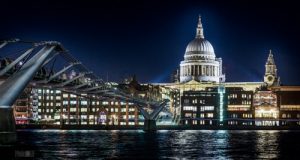 |
07 “Halo around the main buildings” this was deemed so severe as the judges noticed this even before leaving their chairs. On investigation it transpires that the halo is a result of my selectively darkening the sky around the buildings. Remove this darkening and the halo disappears. |
What’s Next? What is a Re-Submission?
Within 28 days of the assessment, i.e., by the end of October, I should receive formal written feedback from this assessment.
Having been offered a “re-submission”, I can apparently resubmit the panel with the 3 failed images replaced or amended, and the judges should assess the panel only on the basis of the new or revised images and whether or not I have implemented the advice I was given.
Let’s see.
Finally
If you have any thoughts or comments, please post them below.
To see more posts on other photographic topics, and to follow my learning progress, please like or follow me on the social media channel of your choice to the right
Best wishes for 2019.
Clearly a very high standard & very thorough assessment.
Even if the process is only about 7 minutes those judges know a thing or two !!!
Hi Harley,
Thank you for your comment. Agreed, the judges are amazing and I now wince when I see an image with a halo round the subject. Hopefully my re-submission in March will correct these errors.
Seasons felicitations and the best for 2019.
Andy.